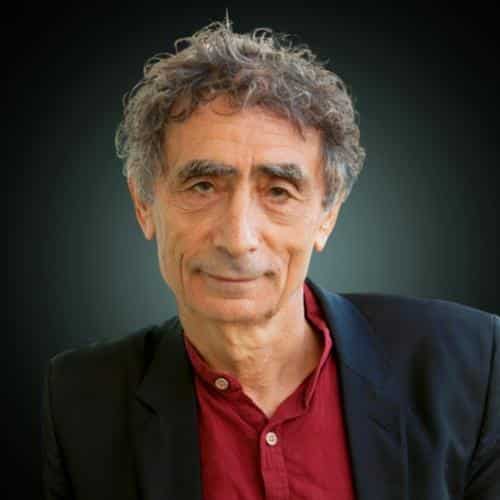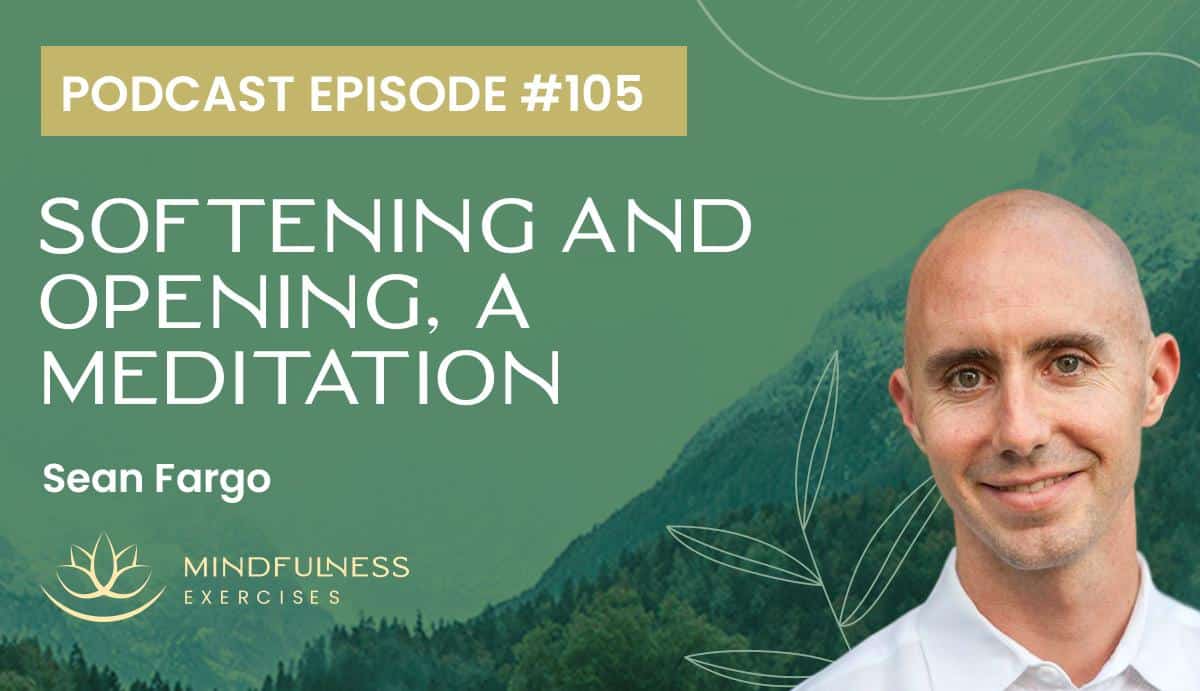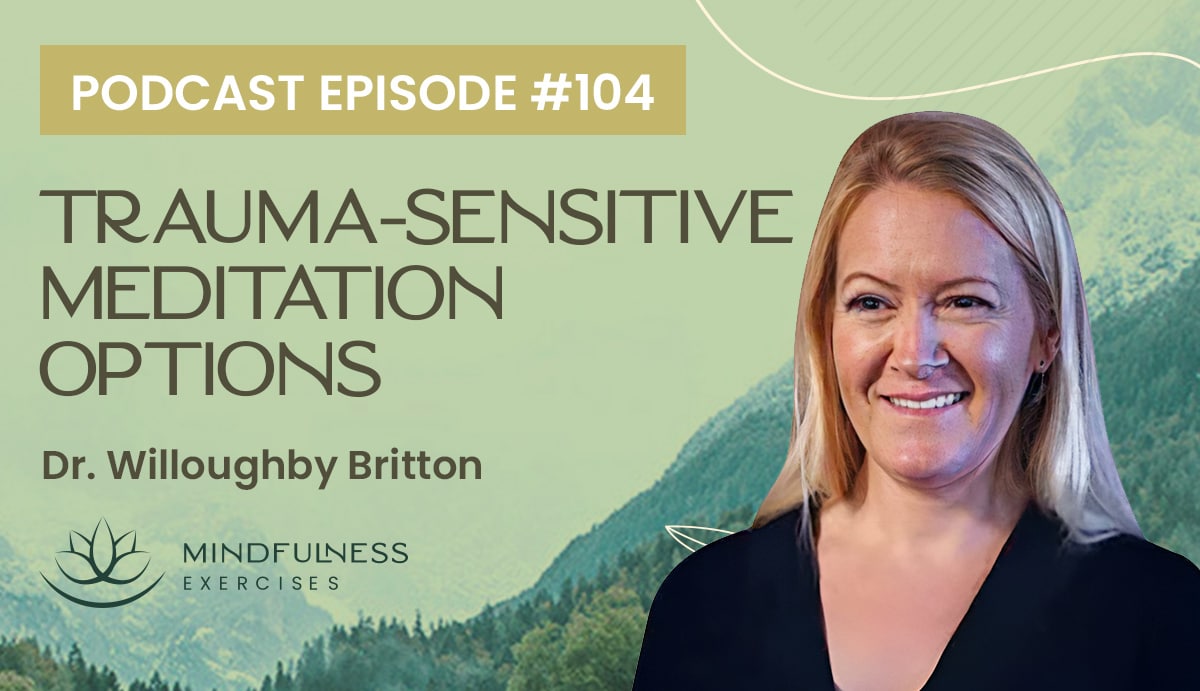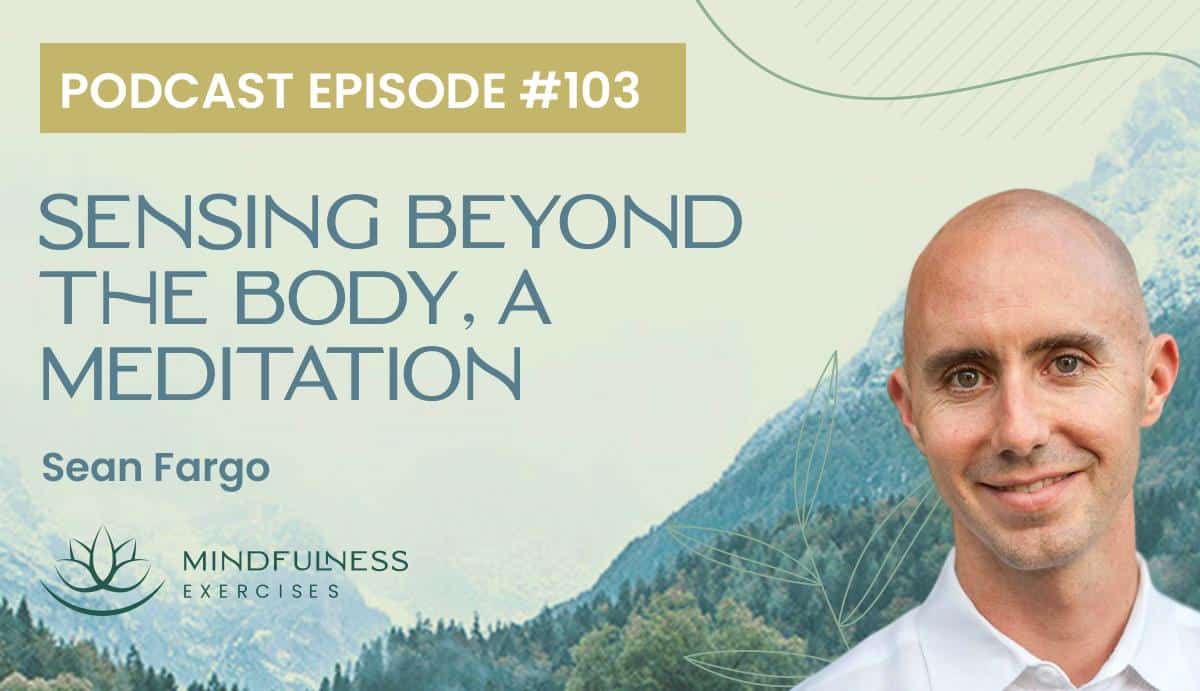Listen now

Each of us longs to be seen, heard and loved. Inquiring about our experience with curiosity and compassion lets us face old pains and strong emotions we’ve long ignored, which can lead to healing if we feel safe in our bodies, in the present moment, and in secure relationship with others.
Through the method of Compassionate Inquiry, Dr. Gabor Maté teaches therapists, counselors and individuals to uncover the unconscious dynamics that run our lives, and find freedom from these habits.
In this episode, Gabor and Sean discuss the relationship between Compassionate Inquiry and the kind, non-judgmental curiosity we learn through the practice of mindfulness, the 5 levels of compassion that comprise the Compassionate Inquiry process, and why being triggered is not always a bad thing, especially within the safe container of compassionate, kind awareness.
This talk is a brief version of Dr. Gabor Maté’s live presentation to our Mindfulness Teacher Trainees. Learn more about this unique, online, self-paced certification program at teach.mindfulnessexercises.com
Show Notes:
Caring Curiosity and Compassionate Inquiry
As mindfulness practitioners we instruct others to remain in the present moment. Exploring sensation, thoughts or emotions with caring curiosity is one way to stay present. But if we’re not trained therapists, is it safe to guide ourselves or our students toward investigating the why beyond the what? Gabor says yes. If we carry the attitude of caring curiosity, there’s little danger in exploring our pain beyond its present-moment expression.
“If you carry that attitude of what you call “caring curiosity” there’s not much danger. You’re just curious. I’m not so afraid to trigger people, or for people to go down the wrong way. [...]I just don’t think it’s as complicated or as hazardous as all that. And as long as you can maintain what you call caring curiosity, you’re pretty safe, I think.”
Pain as a Positive
The habits we learned as children, even the suppression of anger, depression or self-loathing, all arose for a good reason. At one point, these behaviors protected us and helped us survive. By compassionately exploring what we feel, regardless of what it is, we’re ultimately guided to the same foundational understanding of our worthiness.
“The essence of it is very simple, which is that nothing that’s inside you, no matter how you feel about it, is there for the wrong reason. Everything about you has arisen for a good reason. So, the depression; well that depression was there for a good reason, it helped you survive…Even the self loathing that you might experience came along for a good reason. So therefore the method is simply to be curious about everything. We can even approach self-loathing with compassionate curiosity.”
5 Levels of Compassion
The most basic level is the understanding that when someone is suffering, we suffer too. As we curiously explore, we recognize there’s no cause to suffering within another that is not present within ourselves too. By meeting this truth with self-compassion, we can mirror the compassion needed for others to heal too.
“There’s nothing about anybody else that isn’t in me as well….And that’s the whole point, we’re all just like the rest of us…When you explore the judgments, you’ll find out that’s exactly how much you’re like that person that you’re judging. Once you have the compassion of recognition you’re no longer up here and they’re down here and you’re looking down on them, no. It’s two people, engaging, equally.”
On mirroring the true nature of another
If we really want to help people heal, we must model the compassion we wish they could offer to themselves. But how often do we see suffering and respond with judgment versus unconditional love? By broadening our own capacity for compassion, we become capable of seeing the true nature that’s within each of us. We become a mirror for the suffering person, reflecting back their unlimited potential, not their present-moment dysfunction.
“When you see a suffering being, which is to say when you see another human being, do you see only their suffering and their dysfunction, which is their response to the suffering, and their defenses and their reactions, or do you see the perfection that they are underneath all that - the true self?...Now, needless to say, if you’re going to be a mirror, guess what you’re going to have to do? You’re going to have to do a lot of self-cleaning.”
A Practical Example of Compassionate Inquiry
Gabor demonstrates how compassionate inquiry works by exploring a moment with Sean. The pair demonstrate the magic of creating a safe space through the use of mirroring, the power of being vulnerable within that safe space, and how the gentle process of compassionate inquiry reveals old, patterned beliefs and behaviors.
“If I can model that compassion for you, then at some point you’ll be able to start modeling it for yourself. So it’s not a question of getting rid of stuff, or working everything out - it’s a question of implicating an attitude of compassionate inquiry. Compassion means that you’re able to receive it without judgment and curiosity means that you want to find out why it’s there. And this is true whether it's an illness or a feeling or a reaction or anything.”
Creating a Container of Safety
As mindfulness teachers, we know it's important for our students to feel safe when exploring their pain and discomfort. This begins with asking permission before asking questions and repeatedly framing the process as an invitation, not a directive. Let the person you’re working with take the lead, and ask them what they’d like to get from the exchange. It’s very important to be mindful of our own agenda, which is ever present, as well as the presence of tension in our body.
“You can’t have an agenda. I mean you can, but it’s going to get in the way. If you have an agenda for the other person, you see the reason they’re in your office in the first place is because at some point in their lives somebody had an agenda for them that had nothing to do with their needs but the needs of the person whose agenda it was. So if they show up to work with you and you have an agenda for them, guess what? You’re putting them back in the same situation that they came from in the first place.”
“When you’re working with somebody, if there’s any tension inside you, that’s about you. So I always teach my students, wherever there’s tension, it requires attention. Because when you're working with people, there’s that which we say, but then there’s the energetic exchange that people actually pick up on, on a deep level, even if not consciously. If there’s tension in you, you’re going to transmit that to your client.”
The Benefit of Being Triggered
Avoidance of triggers has become ubiquitous in mindfulness circles. But it’s not compassionate to help people avoid pain; it’s compassionate to help them with their avoidable pain. Gabor uses a metaphor to explain why there’s nothing inherently wrong with being triggered, especially in a compassionate, caring, safe space. In fact, when someone’s triggered it can be an opportunity to explore one’s reactivity more deeply.
“What do you want to do, focus on the little trigger, or do you want to look at what ammunition and explosives you’re carrying in your body that you’ve been carrying your entire life? So triggers I don’t worry about so much. Not that I deliberately set out to do it, not that it’s not my responsibility to be respectful and mindful and compassionate and then present, yes it is - but triggers in themselves are really interesting entries into a person’s inner life.”
Resources

About Dr. Gabor Maté
Dr. Gabor Maté is a renowned speaker and best-selling author, known worldwide for his expertise on addiction, trauma, childhood development, and the relationship between stress and illness. His 4 best-selling books include In The Realm of Hungry Ghosts: Close Encounters With Addiction, and When the Body Says No: The Cost of Hidden Stress. His latest book, The Myth of Normal: Trauma, Illness & Healing in a Toxic Culture is scheduled for a September 2022 release.
Compassionate inquiry is a psychotherapeutic approach, developed by Dr. Maté, which evolved out of his experience working in family practice, palliative care, and with those suffering from addiction. The therapy, which gently uncovers the childhood trauma and suppressed emotion at the root of illness, is now used by thousands of therapists, physicians, and counselors internationally.







